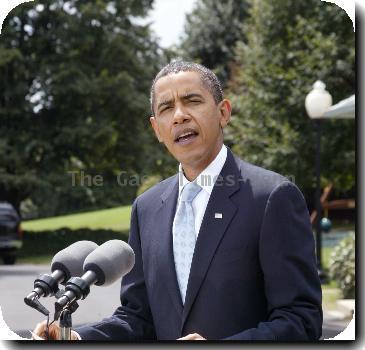Ruth bat could fetch half million, but experts caution about ‘investing’ in sports memorabilia
By Dave Skretta, APThursday, December 3, 2009
Sports memorabilia market heats up in cold economy
NEW YORK — Sports fans tired of watching their 401ks take a beating might be persuaded to pull a little bit of cash from the stock market after listening to Michael Heffner.
The president of Leland’s Auction House thought the troubled economy would wreak havoc on the sports memorabilia industry, which has already been battered by fakes and forgeries. Heffner figured that people watching their nest eggs dwindle would flood the market with their game-used bats, home-run balls and autographed photos.
Turns out the exact opposite happened.
“It’s been difficult to find material, it’s not hard to sell material,” said Heffner, whose major auctions gross up to $4 million. “There are a lot of people getting into collecting, and people are afraid they won’t get top dollar if they sell now.”
Heffner doesn’t suggest that folks cash in their retirement accounts so they can bid on a 1916 Babe Ruth game-used bat, the plum of the current auction closing Friday. But he also believes in the value of something tangible, like gold or sports memorabilia, especially if someone has a passion for a particular team, player or era.
“The performance of a lot of this stuff, if you’re buying the right stuff, and you’re buying from high-end dealers and auction houses, you’re not going to lose your money,” he said.
Independent expert Pete Williams has been bearish about the sports memorabilia market for years, and while he acknowledges that many items gain or retain value, he expressed caution about trying to make a quick buck.
“I would never recommend ‘investing’ in sports memorabilia. The only folks who make money at it are those who discover something after grandpa died,” said Williams, who has served as an expert witness in lawsuits involving memorabilia related to Ted Williams and Barry Bonds.
“If you’re a collector and you want something to hang on your wall and have no intention of ever selling, knock yourself out. You’ll find some amazing things in the Leland’s catalog.”
Including the Ruth bat, one of three known to exist.
It was made by Hillerich & Bradsby and features unique block lettering, indicating that it was made before Ruth signed a contract for signature model bats. The other two from his rookie year are at the Baseball Hall of Fame and in a private collection.
Heffner estimates the bat could fetch up to half a million dollars, putting it in the same echelon as some of the most valuable sports memorabilia ever auctioned. The bat that Ruth used to hit the first home run in Yankee Stadium brought $1.26 million during an auction in 2004, and baseballs that set recent home run records have surpassed that figure.
“It’s right in every aspect, every way,” Heffner said of the bat, 36 inches long and weighing a hefty 43 ounces. “The length, measurement, stampings, everything is correct.”
Bambino fanatics without a couple hundred grand sitting around shouldn’t despair, though. There’s also a Boston Braves game-used hat from 1935, complete with “G.Ruth” sewn into the leather band around the inside of the cap, expected to bring about $150,000.
There are about 1,500 items in the current auction, including pieces of Americana like a baseball signed by Barack Obama, a Sarah Palin high school yearbook, and issue No. 1 of Playboy magazine with Marilyn Monroe on the cover. Some of the items are controversial, such as a Ku Klux Klan outfit that dates to the 1920s.
Then there are pieces that transcend sports, like a handwritten letter by Cassius Clay from Feb. 18, 1964, the week before he defeated Sonny Liston to win the heavyweight title.
The letter is perhaps the most significant ever written by the man who would become Muhammad Ali, declaring his conversion to Islam. The decision would alter the course of boxing history, if not American history, serving as the moral and religious basis upon which he would refuse induction into the army during the Vietnam war and lose three years of his career.
Life Magazine had requested the letter because it was hesitant to publish a story about his religious conversion and asked him for a letter of proof. The piece of notebook paper was later thrown away, and an associate editor at Life fetched it from the trash.
“Just finding a letter he hand wrote in ‘64 as Cassius Clay, or any time before that, is almost impossible. The letter has so much significance,” said Heffner, adding that few items these days leave him in awe. “It’s the most historical piece of Ali memorabilia I’ve ever held.”

